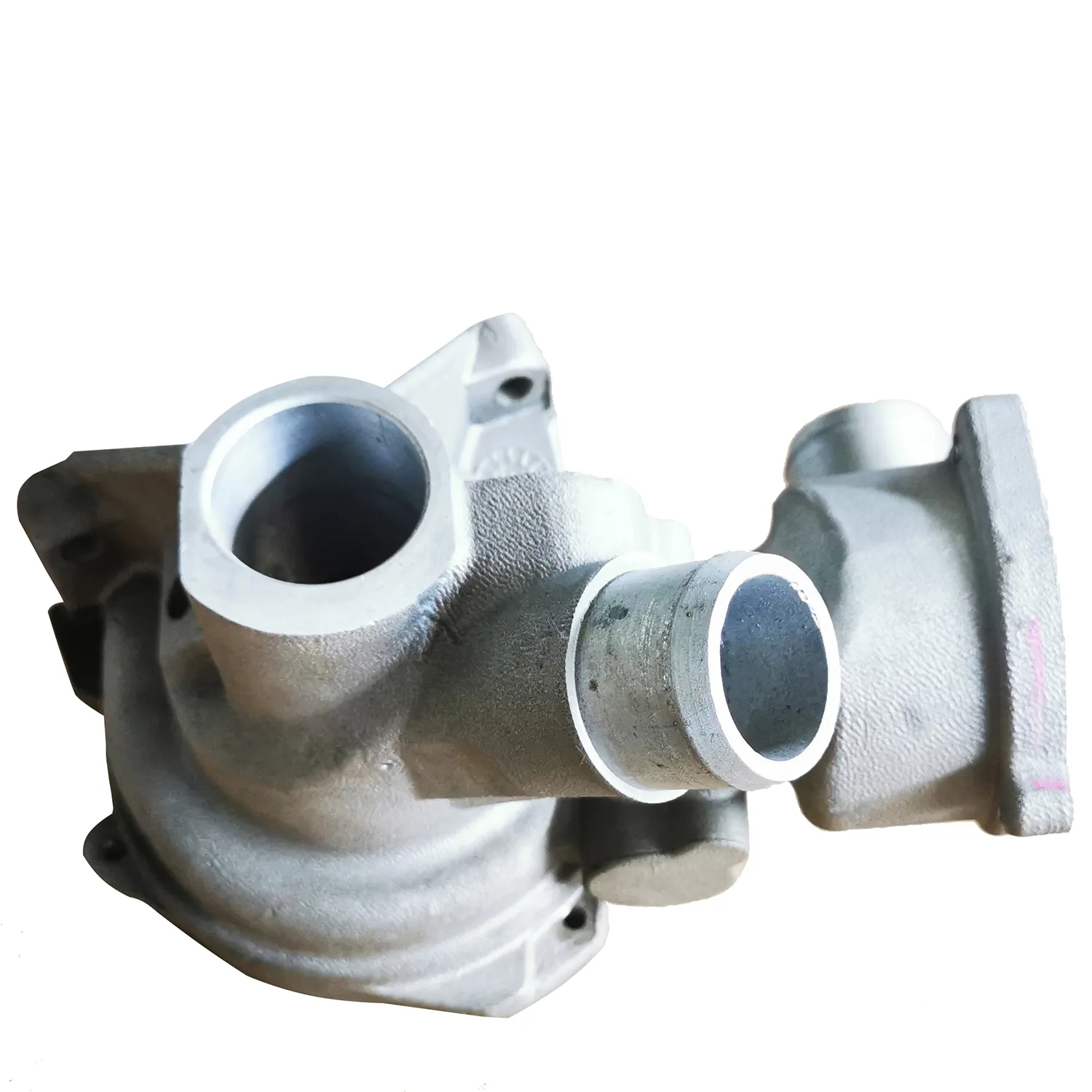Mobile:+86-311-808-126-83
Email:info@ydcastings.com
Aluminium Slab Casting Techniques and Innovations for Enhanced Production Efficiency
Aluminum Slab Casting An Overview
Aluminum slab casting is a vital process in the metals industry, primarily focusing on producing flat aluminum products that serve various applications. These slabs can be further processed into sheets, plates, or other shapes, making them indispensable in sectors such as automotive, aerospace, construction, and packaging.
The Importance of Aluminum Slab Casting
Aluminum is renowned for its lightweight, corrosion resistance, and excellent thermal and electrical conductivity. These properties make aluminum alloys particularly appealing for many industrial applications. The demand for aluminum products has been rising steadily, driven by innovations and advancements in technology. As a result, efficient casting techniques have become critical for meeting market needs while ensuring quality and performance.
The Casting Process
The aluminum slab casting process typically involves the following steps
1. Melting The first step in the process is melting the aluminum scrap or ingots in large furnaces. This is typically done at temperatures of around 660 degrees Celsius (1220 degrees Fahrenheit), where the aluminum transitions from solid to liquid form.
2. Alloying Depending on the desired properties of the final product, alloying elements (such as silicon, magnesium, or copper) may be added during the melting phase. The choice of alloy affects the mechanical characteristics, workability, and application suitability of the aluminum slab.
3. Casting Once the molten aluminum is ready, it is poured into a casting mold to form slabs. There are several casting methods employed, with the continuous casting method being one of the most popular due to its efficiency and high-quality output. In this method, the molten aluminum is continuously poured into a mold, where it solidifies as it cools down, resulting in a uniform slab thickness.
aluminium slab casting

4. Cooling After the molten aluminum is cast into slabs, it must be cooled either naturally or through forced cooling methods to solidify completely. Proper cooling is crucial to ensure the structural integrity and desired mechanical properties of the final product.
5. Rolling and Finishing The solidified slabs are then subjected to hot or cold rolling processes to achieve the desired thickness and surface finish. Additional finishing steps, such as annealing or surface treatment, may also be performed to enhance the physical properties of the aluminum slab.
Quality Control
Quality control is paramount throughout the aluminum slab casting process. Manufacturers must ensure that the chemical composition, mechanical properties, and surface finish meet the specified standards. Non-destructive testing techniques such as ultrasonic testing or X-ray inspection can be used to detect internal defects and ensure the structural integrity of the slabs produced.
Environmental Considerations
Sustainability is an increasingly important aspect of the aluminum industry. The casting process itself can have environmental implications, including energy consumption and emissions. However, aluminum has a significant advantage; it is highly recyclable. In fact, recycling aluminum requires only about 5% of the energy used in primary production. As such, the industry is continually looking for ways to improve energy efficiency and reduce waste, further promoting the sustainability of aluminum slab casting.
Conclusion
Aluminum slab casting plays a crucial role in the production of aluminum products that are vital for modern industries. Understanding the intricacies of the casting process, from melting and alloying to cooling and finishing, is essential for manufacturers aiming to meet the demands of the marketplace effectively. As the industry evolves, incorporating sustainable practices will not only address environmental concerns but also enhance the overall efficiency and economic viability of aluminum slab casting.
-
Impeller Technology That Powers Precision in Pump SystemsNewsMay.22,2025
-
Valve Durability Begins with Quality Cast Iron ComponentsNewsMay.22,2025
-
Performance Cooling with Advanced Automobile Water Pump SolutionsNewsMay.22,2025
-
How Motor Housing and Oil Pans Shape Engine PerformanceNewsMay.22,2025
-
How Metal Castings Drive Modern Manufacturing EfficiencyNewsMay.22,2025
-
Exploring the Engineering Behind Valve Body CastingsNewsMay.22,2025











